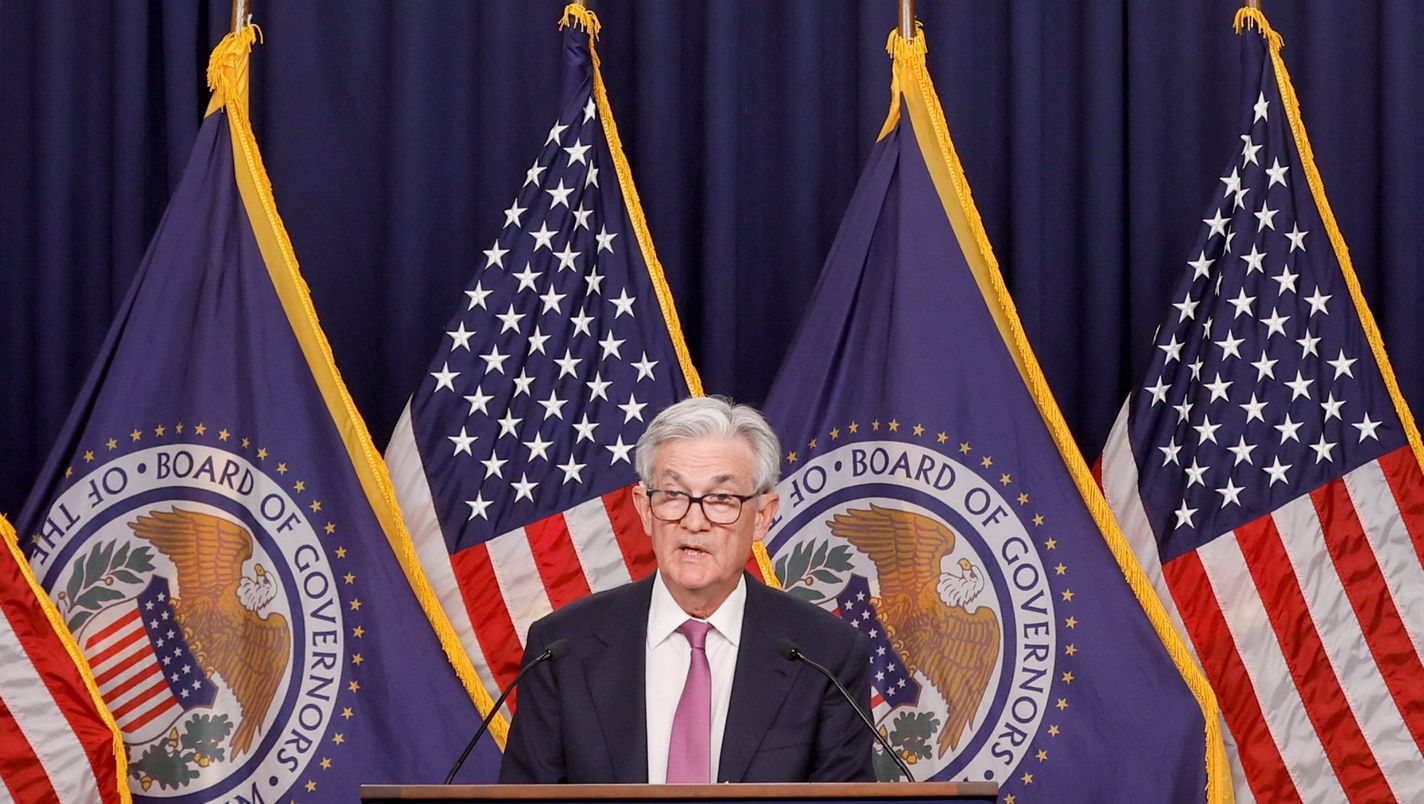- by Yueqing
- 07 30, 2024
-

-
-
Loading

Loading


The “money illusion” ranks among the more lyrical-sounding concepts in economics. It refers to the mistake that people make when they focus on nominal rather than real values. Anyone chuffed to get a hefty pay rise over the past year without considering whether, after inflation, they can actually buy more has fallen prey to the illusion. Financial investors ought to be savvier, but they too can be seduced by a lovely nominal story. The Federal Reserve’s downshift to smaller interest-rate rises is a case in point. It may look like a step away from hawkish monetary policy; in real terms, though, the central bank’s stance is tighter than it first appears.On February 1st the Fed raised rates by a quarter of a percentage point, taking short-term borrowing rates to a ceiling of 4.75%, as widely expected. This was half the size of its last increase, a half-point in December, which in turn was down from its previous string of three-quarter-point increases. The immediate question for investors is when the Fed will call it quits altogether. A narrow majority see the central bank raising interest rates by another quarter point next month and then stopping, as evidence mounts of cooling inflation. Even those more concerned by high inflation are pricing in, at most, an extra half-point of rate increases before the Fed stops. This is the light at the end of the monetary-tightening tunnel that has helped to fuel a stockmarket rally in recent weeks.